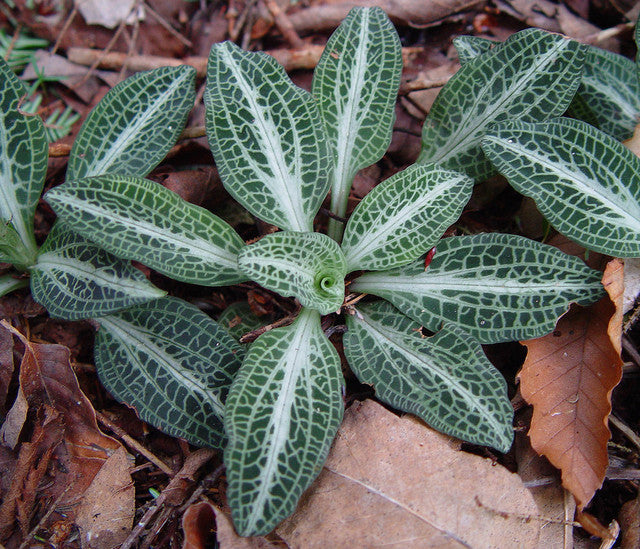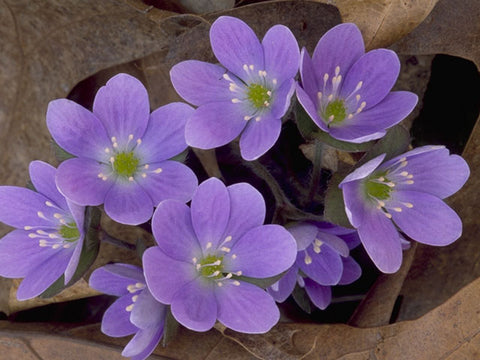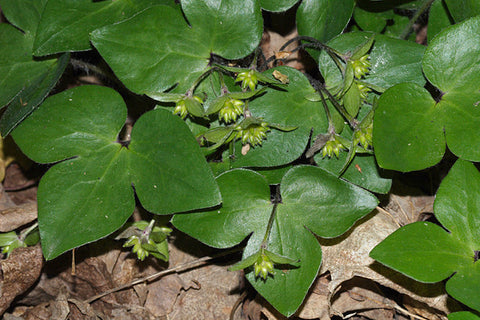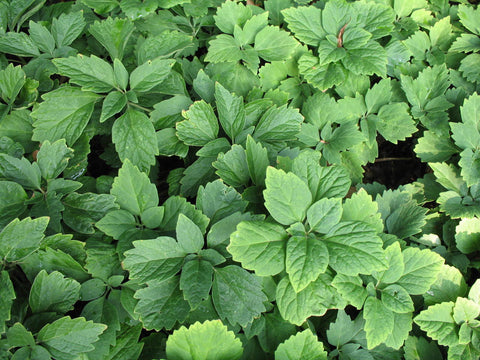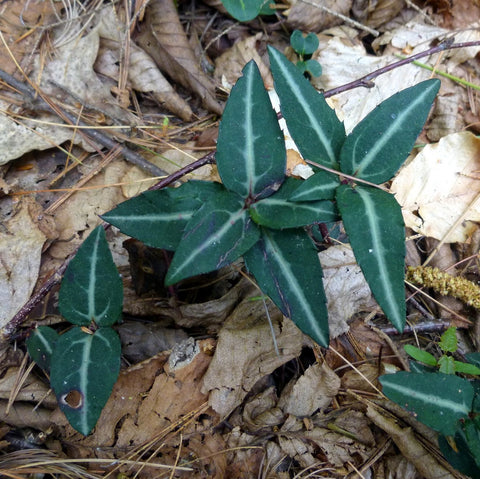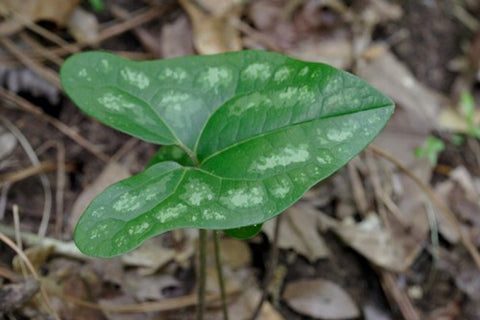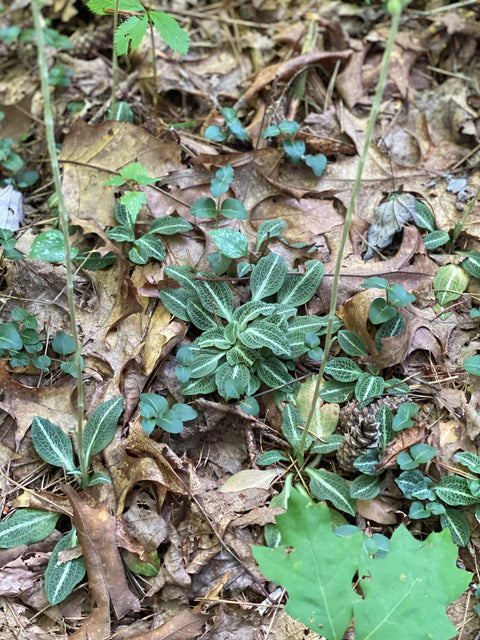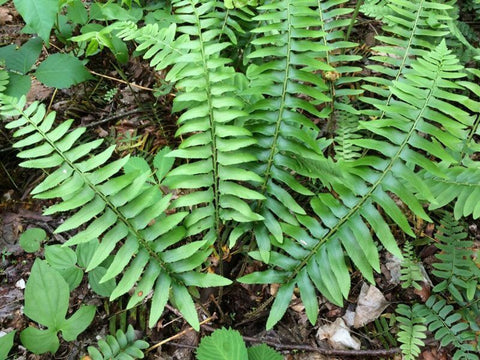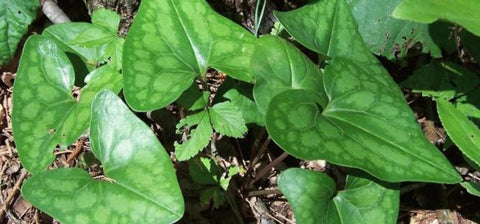Evergreen Perennials
Evergreen Perennials
Native evergreen perennials are an attractive choice for gardeners who appreciate sustainable and low-maintenance landscaping. They’re not only beautiful and functional, but also incredibly versatile! Native evergreen perennials offer gardeners a number of advantages. In this article, we’ll explore what they are and why you should consider adding them to your garden.
Native evergreen perennials are perennial plants that are native to a specific region or ecosystem and retain their leaves throughout the year. Unlike deciduous plants that lose their foliage in the fall and winter, evergreen perennials remain green and vibrant, providing structure and interest in the garden year-round.
Benefits: Why you should choose native evergreen perennials
1. Adapted to local conditions
Native evergreen perennials are adapted to the climate, soil, and rainfall patterns of their native region. This means they are less likely to suffer from pests, diseases, or other environmental stresses, and generally require less maintenance and care.
2. Low maintenance and cost-effective
Since native evergreen perennials are adapted to their natural environment, they usually require less watering, fertilizing, and pruning than non-native plants. They’re also often less expensive to purchase and replace, making them a more cost-effective option in the long run.
3. Year-round visual interest
Evergreen perennials, as the name implies, provide year-round visual interest in the garden. They can serve as a backdrop for seasonal plants and flowers, add texture and contrast, or be used to create privacy screens or windbreaks.
4. Supports local ecosystems
Native evergreen perennials are an important food and habitat source for local wildlife, such as insects, birds, and mammals. By planting native species, you are helping to support and preserve your local ecosystems.
5. Drought tolerance
Many native evergreen perennials are well-suited to withstand periods of drought, making them a more sustainable choice for areas that experience water scarcity. Their deep root systems help them access water more efficiently, reducing the need for supplemental irrigation.
6. Environmental benefits
Native plants, in general, help reduce the need for synthetic fertilizers, pesticides, and herbicides, which can be harmful to the environment. By planting native evergreen perennials, you are not only beautifying your garden, but also helping the environment.
Popular native evergreen perennials
Here are some popular native evergreen perennials that you might consider adding to your garden:
Rattlesnake Plantain (Goodyera spp.)
Rattlesnake Plantain is a genus of native orchids in North America, known for their distinctive patterning and ground-hugging growth. They prefer shaded, woodland environments.
These perennial herbs typically form clumps with basal leaves that have a striking silver or white patterning resembling snake scales, hence the name. The Rattlesnake Plantain produce tall spikes of small greenish-white flowers in late summer, which attract pollinators like bees.
Benefits:
- Shade Tolerance: Ideal for woodland gardens and shady areas.
- Unique Appearance: The patterned leaves add visual interest and texture.
- Wildlife Friendly: Flowers support native pollinators.
- Eco-Friendly: Being native orchids, they contribute to local biodiversity without invasive tendencies.
Evergreen Ginger (Asarum spp.)
Evergreen Ginger, also known as Little Brown Jug, belongs to the genus Asarum. Native to North America and parts of Asia, these plants are cute little ground covers with attractive, evergreen, heart-shaped leaves.
These low-growing perennials spread through underground rhizomes, forming thick mats of foliage that stay green year-round. They produce small, bell-shaped flowers usually hidden beneath the leaves in early spring or summer.
Benefits:
- Evergreen Foliage: Provides year-round ground cover with attractive leaves.
- Shade Tolerance: Perfect for woodland gardens, shaded borders, or under trees.
- Aromatic Leaves: Some species have fragrant leaves, adding sensory delight.
- Wildlife Habitat: Their dense mats stabilize soil and support ground-dwelling creatures.
- Medicinal and Culinary Uses: Historically, some wild ginger species have been used for flavoring or medicinal purposes, but caution is advised as not all species are edible.
Tips for using native evergreen perennials
When incorporating native evergreen perennials into your garden, keep in mind the following tips:
Research: Do your research to ensure that the plants you choose are indeed native to your area. The more local the plant is, the better it will perform in your garden.
Placement: Native evergreen perennials can be used as groundcovers, borders, or accents in your garden. Consider their size, growth habit, and light requirements when choosing where to plant them.
Diversity: Native plants thrive when they are planted in groups or “wildscapes.” Mix and match different types of native plants to create a more interesting and appealing garden.
Naturalization: You can use native evergreen perennials to naturalize an area by planting them densely and allowing them to spread. This can help reduce lawn areas and create a more natural-looking landscape.
Mulch and water: Once established, native evergreen perennials typically require little to no supplemental watering or fertilizing. However, during the first year, it’s a good idea to mulch around the plants and water them regularly until they are established.
By choosing native evergreen perennials for your garden, you are not only beautifying your outdoor space, but also contributing to the health of your local ecosystems. With their low-maintenance nature, year-round appeal, and environmental benefits, native evergreen perennials are a win-win for both gardeners and the planet.
